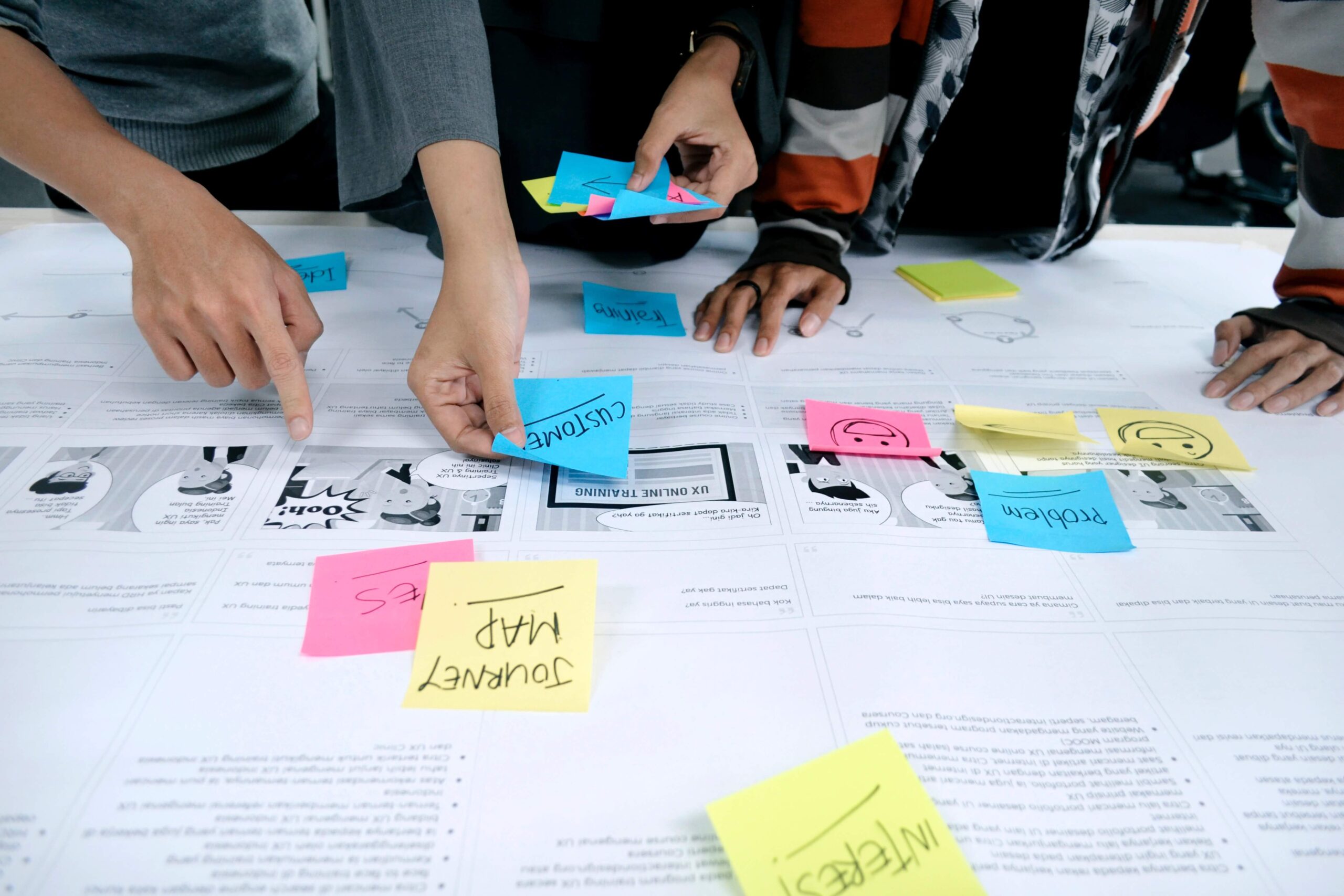Offboarding is an integral part of the employee lifecycle, and it is crucial for organizations to handle this process with care and empathy but also efficiently. A well-planned offboarding process not only ensures a smooth departure for the departing employee but also minimizes disruptions within the team and maintains a positive employer brand. Leveraging a learning management system can greatly facilitate and streamline the offboarding process, enabling organizations to boost productivity even during employee transitions. In this article, we will provide a comprehensive offboarding checklist that incorporates LMS tools and techniques to enhance the offboarding experience.
What is employee offboarding?
Employee offboarding refers to the process of managing an employee’s departure from an organization, whether due to resignation, retirement, termination, or other reasons. It involves a series of steps and activities aimed at ensuring a smooth transition for the departing employee, minimizing disruptions within the team, and maintaining a positive employer brand.
A well-conducted employee offboarding is important for several reasons:
- Offboarding helps facilitate a smooth transition for both the departing employee and their team. It allows for the transfer of knowledge, responsibilities, and relationships to other employees, ensuring that critical tasks and projects continue uninterrupted.
- The offboarding process provides an opportunity to capture and retain valuable knowledge and expertise held by the departing employee. By properly documenting and transferring this knowledge to the relevant individuals or systems, organizations can prevent knowledge gaps and maintain operational efficiency.
- During the offboarding process, it is essential to revoke the departing employee’s access to company systems, accounts, and confidential information. This helps protect sensitive data and ensures that former employees cannot misuse or access sensitive information after leaving the organization.
- Proper offboarding procedures help organizations comply with legal and regulatory requirements. This includes ensuring that necessary paperwork, such as termination agreements and benefit forms, are completed accurately and on time.
- The way an organization handles the offboarding process can have a significant impact on the departing employee’s experience and overall satisfaction. A positive offboarding experience can contribute to maintaining a good relationship with the departing employee, promoting positive word-of-mouth and potentially even future collaborations or referrals. Additionally, it can contribute to a positive employer brand, attracting and retaining top talent in the future.
- Employee offboarding also provides an opportunity for organizations to assess their talent pipeline and plan for succession. It allows them to identify any skills or expertise gaps and make informed decisions regarding hiring, training, or promoting new employees to fill those gaps.

The employee offboarding checklist
The offboarding process involves several steps to ensure a smooth departure for an employee. While the specific steps may vary depending on the organization and the employee’s role, here are the most common steps involved in the offboarding process:
- Notification and Communication: The offboarding process usually begins with the employee providing a formal notice of resignation or the employer initiating the termination process. LMS can serve as an effective communication platform to notify relevant stakeholders about the employee’s departure, ensuring that all necessary parties are informed promptly.
- Exit Interview: Conducting an exit interview is a valuable step in the offboarding process. It provides an opportunity for the departing employee to share feedback, insights, and experiences about their time with the company. This feedback can help the organization identify areas for improvement and make necessary adjustment. LMS can be utilized to create customized exit interview questionnaires and surveys, which can be completed online. In addition, companies can also do a video interview recording in case they want to share it with the team later.
- Knowledge Transfer: To ensure a smooth transition and prevent knowledge gaps, it is crucial to facilitate the transfer of the departing employee’s knowledge and responsibilities to other team members. This can involve documenting processes, tasks, and best practices and providing training or guidance to the incoming employee or team members taking over the responsibilities. LMS can play a significant role in this process by providing a platform for documenting and organizing knowledge resources, such as instructional videos, process documents, and best practices.
- Account and Access Management: It is important to manage the departing employee’s access to company systems, accounts, and confidential information. This involves revoking or transferring their access permissions, deactivating accounts, and collecting company property, such as laptops, access badges, or keys. With an LMS, organizations can easily manage user access permissions and ensure that all accounts and credentials are deactivated or transferred to relevant individuals in a timely manner.
- Offboarding Documentation: HR should ensure that all necessary offboarding documentation is completed accurately and in a timely manner. This may include exit forms, final performance evaluations, non-disclosure agreements, and any other legal or company-specific documents.
- Communication with Colleagues: Announcing the employee’s departure to the rest of the team or relevant stakeholders is important to maintain transparency and manage expectations. It is essential to communicate any changes in roles, responsibilities, or reporting lines resulting from the departure.
- Farewell and Transition: Providing an opportunity for the team and colleagues to say farewell and express their appreciation for the departing employee’s contributions can help maintain positive relationships. This can include organizing a farewell event, sending a company-wide email, or other appropriate forms of recognition.
- Alumni Engagement: Maintaining a positive relationship with former employees can be beneficial for both the organization and the departing employee. Companies may consider creating alumni networks or providing access to company updates, networking opportunities, or exclusive resources for former employees. LMS can be utilized to create alumni networks and communities where former employees can access company updates, networking opportunities, and exclusive resources.
- Training and Development Opportunities: Departing employees often leave behind valuable insights and experiences. LMS can serve as a repository for recording training sessions, webinars, and workshops conducted by the departing employee. These resources can then be made available to current and future employees, providing ongoing professional development opportunities. By utilizing LMS for this purpose, organizations can leverage the knowledge of departing employees even after they have left.
Employee offboarding process streamlined with LMS
A well-structured offboarding process is essential for organizations to ensure a smooth transition when employees leave. By incorporating learning management systems into the offboarding checklist, organizations can enhance communication, facilitate knowledge transfer, gather valuable feedback, manage access and accounts effectively, preserve training resources, and maintain connections with former employees. By streamlining the offboarding process with the help of LMS, organizations can boost productivity, minimize disruptions, and uphold a positive employer brand even during times of employee departures.











